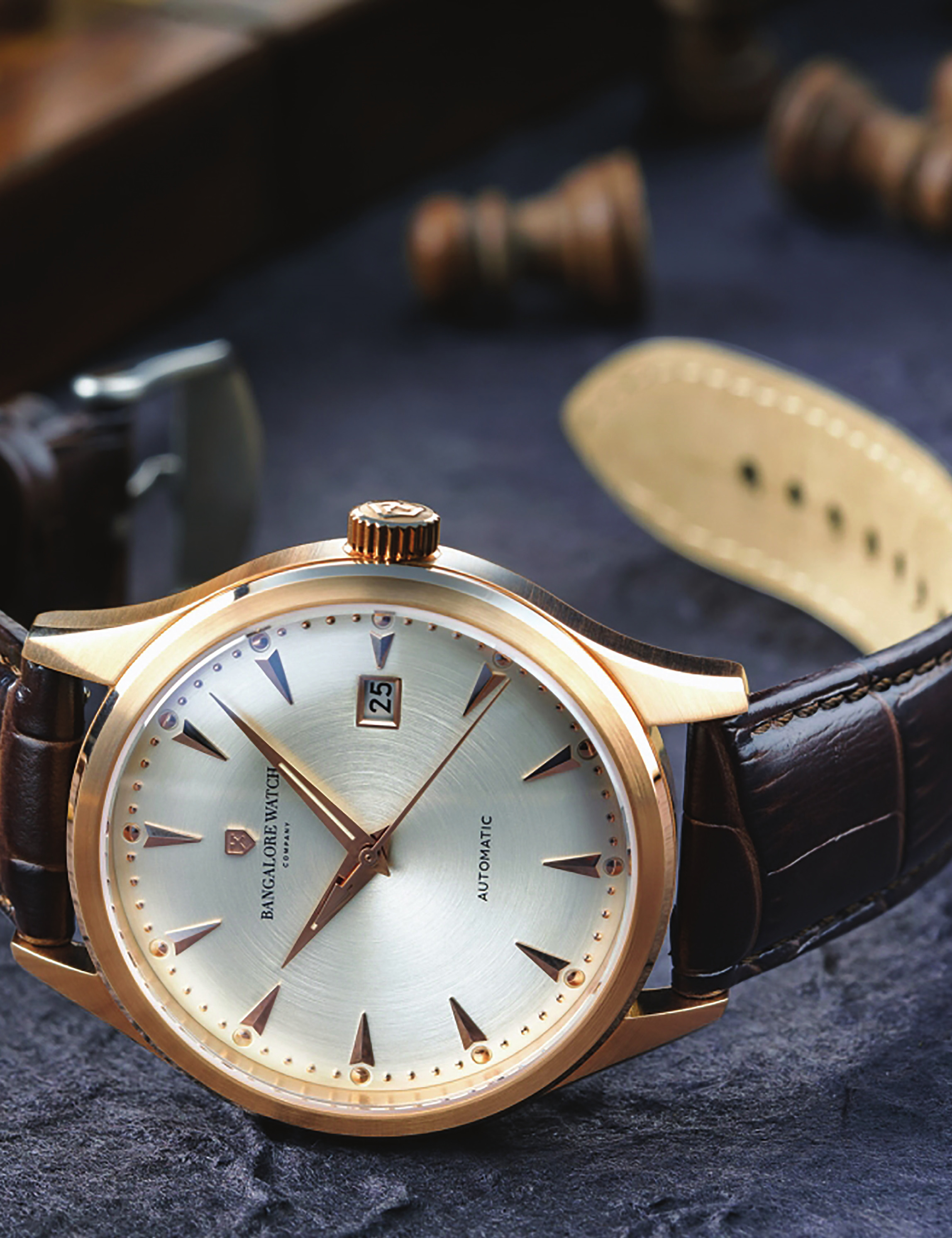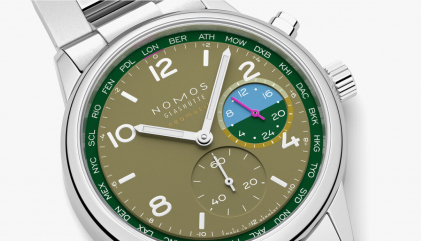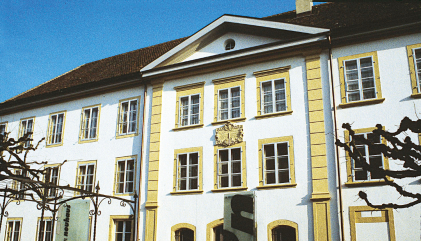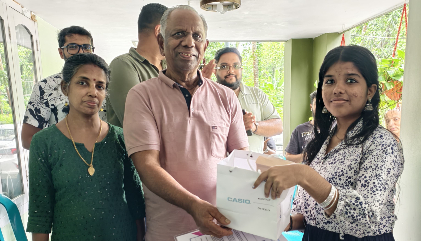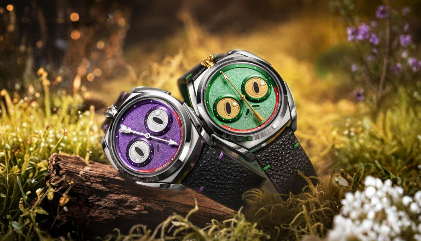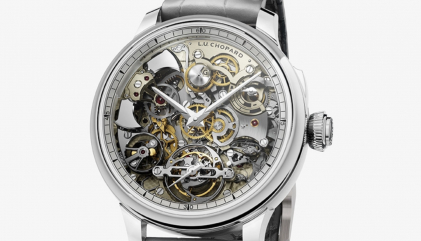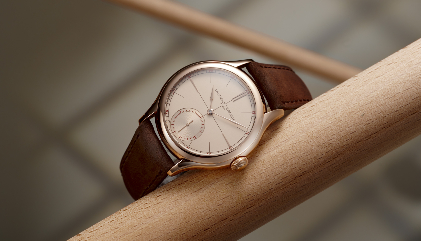India's tryst with watchmaking in the past four decades has been a patchy yet memorable affair. Long before Bengaluru groomed itself as the massive IT hub, the city was home to one of the world's largest watchmakers in the 1980s. Hindustan Machine Tools (HMT) brought out its first
set of watches from a small manufacturing facility in Bengaluru in 1961, and went on to produce 115 million watches in the next five decades.
A fancy Japanese collaboration with Citizen and desi twists to designs made it one of India’s most successful indigenous brands. The proud “Timekeeper to the Nation”, however, failed to keep up with the changing times. And just as the company decided on a U- turn to its tried and tested mechanical-only strategy, the market opened up for competitors to flourish. By the mid-1980s, import restrictions were lifted, quartz watches got cheaper, and Titan took the scene by storm.
Like most traditional public-sector enterprises, HMT moved at its sluggish best. Its last 20 years were agonisingly slow and that sealed its fate. With the brand posting a loss of about Rs. 242 crore, the government finally decided to pull the plug on HMT in 2016.
Ironically, as soon as HMT was pulled out of the market, its popularity soared. Not just in India, but overseas, too. For an entire generation of people who grew up in the country in the 1970s and 1980s, the brand resonated with celebrations and milestones that were marked by HMT watches. Hit hard by this strong sense of nostalgia and their love for fine watchmaking, IT consultant Nirupesh Joshi and his wife Mercy Amalraj
decided to revive the lost glory of Indian watchmaking in Bengaluru last year. “We were on a sabbatical when the news of HMT’s closure came in,” says Joshi, who launched India’s first micro-watch brand, Bangalore Watch Company, in 2017. “It felt really bad to lose a brand we had grown up admiring. We wondered why no one introduced fine watchmaking from India into the global market. And while we were not ready to give up our fat pay cheques then, a year later we decided to take the plunge and turned our interest in watches into a business plan.”
Joshi was the director of an IT firm in Hong Kong before he and his wife moved to Bengaluru, a city they have called home for the past 20 years. “While we were working in the US, [South] Korea and other countries, we kept coming back to this place and the Bangalore Watch Company is our tribute to the city’s fascinating legacy in watchmaking,” says Joshi, who would spend his free time in Hong Kong scouting watch boutiques. “While I always loved watches and also collected a few pieces, my interest in fine watchmaking piqued in Hong Kong and I wondered why this category never took off in India, which is known for its jewellery making skills.”
Joshi and his wife have put all their savings into their new venture and are hoping to build a strong emotional connect with their Indian watch story. The Bangalore Watch Company introduced Renaissance—its first collection of watches—in May. Fitted with the Miyota movement from
Citizen, these watches are designed for the well-travelled, well-read clientele looking for watches made in India. “We believe we are an appealing brand to an upwardly mobile Indian consumer,” says Joshi. “A lot of Indian-origin brands like Bombay perfumery and coffee from Flying Squirrel and Blue Tokai are working well in the same space as the international brands. We see ourselves in the same line where Indian consumers don’t have to look overseas; it is really possible for an Indian-origin brand to produce world-class products.”
Priced at Rs. 38,000, the Renaissance collection, designed by Joshi himself, is a vintage-inspired mechanical automatic dress watch produced in a limited edition of 500 pieces. There are six references, each made with surgical-grade stainless steel cases, sapphire crystals and a beautifully decorated Japanese Miyota 9015 automatic movement. “We wanted to have a classic design language. The Miyota movement worked perfectly in terms of performance and price for us. We are kind of [picking up from] where HMT left off in the 1960s, using the movements from Citizen in our watches,” says Joshi, who is sourcing the cases from Hong Kong and the crystals from Switzerland. “The assembly of a self-winding automatic watch isn’t easy, especially with the rotors that have laser engraving. So, the micro-assembly of our watches happens in Hong Kong and the final assembly is in Bangalore. But, we would like to do more in India.”
The Bangalore Watch Company plans to operate in the entry-level Swiss price point and offer watches in the same category as Tissot and Seiko. For now, Joshi is targeting three kinds of customers—people who can buy Swiss watches priced between $2,000 (Rs. 1.48 lakh approx.) and $4,000 (Rs. 2.96 lakh approx.), but would want a watch from Bangalore Watch Company for the novelty factor; non-resident Indians who are nostalgic about HMT or Bengaluru; and the largest potential customers—the clientele buying fashion watches. “We want to be the preferred choice for anyone looking to buy their first nice watch—an incredible Indian-origin alternative to contemporary Swiss brands,” says Joshi.
To keep the retail costs in check, Joshi has been selling the watches only online. “We would like to stay online as long as we can because distributing through retail changes the economics of it,” he says. “If we were to retail, we will have to change the price of the brand quite a bit. But the entire premise of Bangalore Watch Company is to offer world-class watches directly to the consumers without adding the retail margins. We have sold hundreds of pieces and shipped them across the world. There have been some places where people wanted to try the watches before actually buying them and we made provisions to send them trial watches.”
While the Renaissance is a “gentleman’s collection”, the Bangalore Watch Company is all set to woo the women with its next launch at the end of the year. “We haven’t forgotten the ladies and are working out something,” he says. “The response has been optimistic. I would like to say we are competing with non-watch products and not just watch brands. There is a larger purpose here, and a grand vision, and we invite people to be part of that story.”






